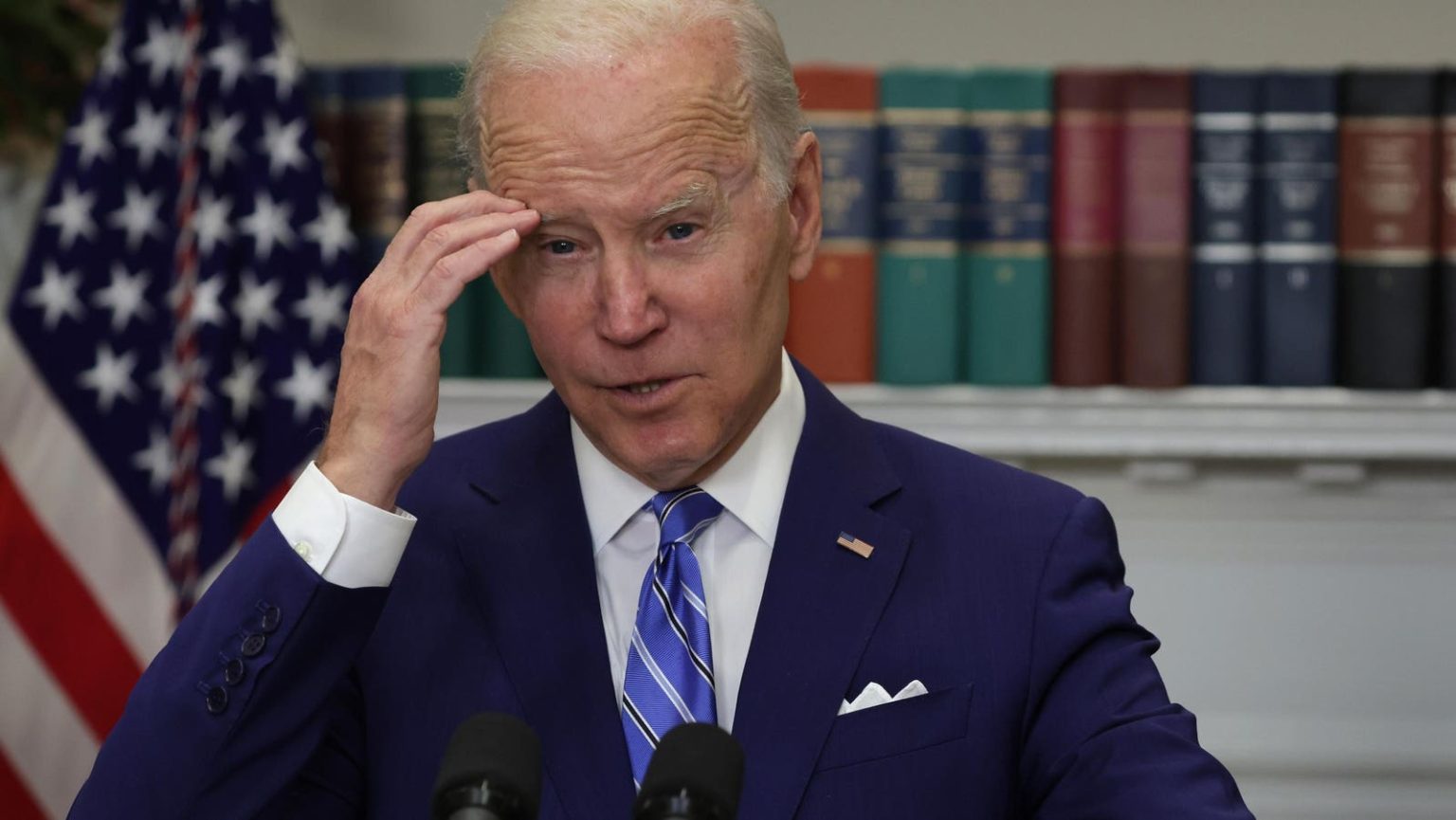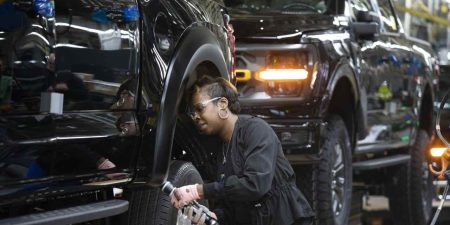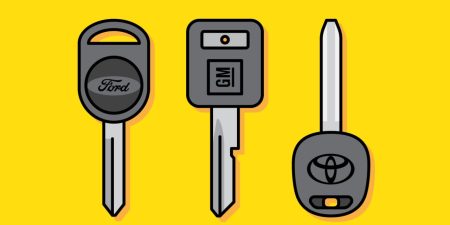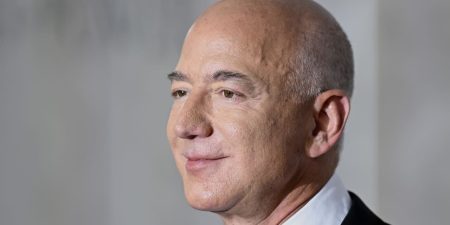Polls show that U.S. adults give the Biden administration low marks on economic management, despite what many analysts consider a remarkably good economy. While better now than the low 28% rating last year, just a little more than a third of respondents think that Biden is doing a good job on the economy, according to a recent AP-NORC poll.
Some people are baffled by this polling, because compared to the seven-year period before the Covid-19 pandemic, there are far fewer workers unemployed for 15 weeks or more and gross domestic product growth has been considerably higher. In addition, inflation plummeted from close to 9% to a little more than 3%.
These are undeniable achievements. So why is the American consumer so unhappy?
One argument is that consumers are misinformed. If they would just pay attention to how well the U.S. economy is running, they would give the Biden administration a much better grade. To this way of thinking, Biden is failing to educate the consumer, and he should be out there telling everyone how good things are.
The average consumer, however, might beg to differ. This is the reality they face:
The chart above shows the growth of average real wages (defined as nominal wages minus inflation) starting at the beginning of President Barack Obama’s second term through today. A large number of low-paying jobs were eliminated in the few months after the economic shutdown, causing a misleading large spike in the average real wage measure. As those jobs came back, the average real wage fell to more normal levels while inflation started to climb quickly, far outpacing nominal wage gains. It is not a coincidence that Biden’s worst point of approval on the economy came just when inflation peaked at 9% in mid-2022. By then, wage growth was lagging inflation by a mile.
Wage growth has improved in the last few months, finally growing faster than inflation. But it is only now catching up to pre-pandemic levels (January 2013 through February 2020). Bringing this measure to a place where people would feel good again about the economy will not be easy.
This explains why the Federal Reserve keeps insisting that it is “strongly committed” to bringing annual inflation down to 2%. Chairman Jerome Powell has stated more than once that “my colleagues and I are acutely aware that high inflation imposes significant hardship, especially on those least able to meet the higher costs of essentials.” He gets it. The chart shows it. The average consumer agrees.
In the wake of the pandemic, massive injections of money helped consumers bridge the gap between falling real wages and consumption. Indeed, people paid off a large amount of debt and increased spending at a higher rate than before the pandemic for a couple of years, as it is clear from retail sales figures.
But in the last few months, household debt has started to rise again, and retail sales have weakened. The signs that excess savings are evaporating are clear. The need for higher real wages is more urgent now than at any point in the last couple of years.
Lifting real wages requires bringing inflation down and nominal wages up. Reducing inflation is easy: Grind the economy to a halt and inflation will disappear. It’s a lot more difficult to slow it down without a surge of unemployment and a fall in nominal wages.
Increasing nominal wages by raising the minimum wage may seem like a solution, but that is likely to conflict with bringing inflation down. A better solution for higher nominal wages is to help workers transition from lower-wage jobs to higher-paying positions.
Under that light, the emphasis of the Biden administration on things like infrastructure spending, chip-factory subsidies and re-shoring of manufacturing industries makes sense. Even environmental initiatives could contribute to that goal if wind-turbine technicians earn higher wages than coal-mine conveyor operators, as data from the Bureau of Labor Statistics suggests.
This approach is not without problems, not only because it requires a ton of borrowing when federal debt is already very large, but also because re-shoring manufacturing is likely to lead to an increase of structural inflation, insofar as American workers get paid more than counterparts in, say, Southeast Asia. The gamble is that economic investments yield a large enough payoff to justify the additional debt, and also that higher value-added jobs lift productivity in order to limit the impact of higher nominal wages on inflation.
Getting all the pieces to work just right is not going to be easy, to say the least. This is especially so because it requires a multi-year effort. At a time of high political dysfunction, this will be tough to do.
The average American wage fell well behind inflation in the past few years. Various kinds of pandemic-related help helped bridge that gap, but they were a temporary patch. With those excess savings virtually gone, consumers need higher real wages to feel that they are prospering. Until then, they surely will keep telling pollsters that they are not happy with the economy.
Monetary and fiscal policy seem to be addressing this problem more or less in a coordinated fashion. But success will take years, the risks of failure are significant, and the side effects unknown. One thing, however, is clear: Consumers have fallen way behind, and don’t believe the economy is going well. Thinking that they are just uninformed misses reality by a mile.
Read the full article here















